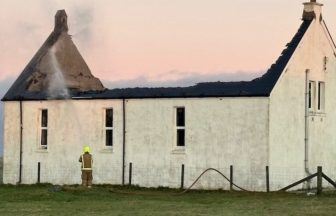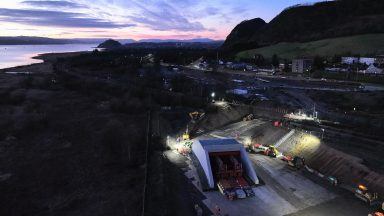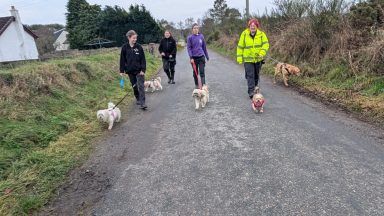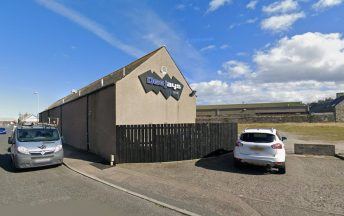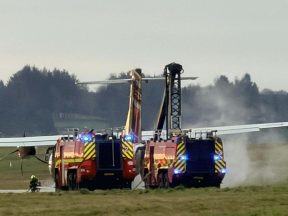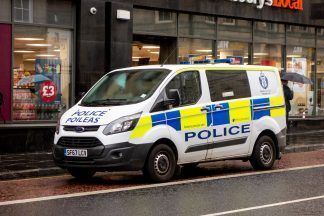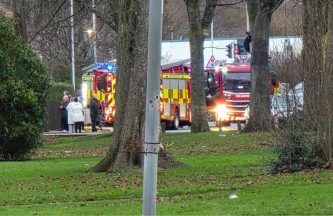Pine martens are being encouraged to breed and hunt down grey squirrels as efforts to protect native red squirrels are stepped up.
Nesting boxes are being installed in forests in Perthshire and Angus to support pine martens, which will act as ‘bouncers,’ by preying on greys as they advance towards the Highlands.
For the first time, grey squirrels are being found north of Dunkeld in Tayside and moving north from Angus into Aberdeenshire.
In 2021 they were recorded in Pitlochry, Perthshire and north of the River North Esk.
The threat, according to Forestry and Land Scotland (FLS), is that the central belt population of grey squirrels will join up with the established population found around Aberdeen, endangering red squirrels.
Gareth Ventress, environment forester at FLS, said: “We need to stop grey squirrels in their tracks.
“Greys from the central belt can bring squirrelpox with them, which is what decimates reds alongside competition for food. Grey squirrels in Aberdeenshire don’t currently carry squirrelpox.
“We plan to install more than 30 artificial pine marten boxes along the grey squirrel migration route, particularly in forests like Craigvinean in Perthshire or Inglismaldie just north of the River North Esk along the A90.”
Research has shown that the presence of pine martens helps control grey squirrel numbers.
In north Scotland, red squirrels have coexisted with pine martens since the early 1980s in large areas of native species and mixed plantations.
The exact process of how pine martens control grey numbers is not fully understood.
One theory is that red squirrels have evolved to be smaller and lighter, so they can use fine branches that heavier pine martens can’t access.
This increases their chance of escape, while the larger, less wary grey squirrels are an easier target for hungry pine martens.
In Scotland, the presence of field voles could act as a buffer between red squirrels and pine martens. The voles, which aren’t present in Ireland and some other countries, are the main food source for pine martens.
FLS already has some artificial dens installed in Galloway Forest Park and some Aberdeen woods.
Installing artificial dens will support pine marten populations in the areas where grey squirrels are advancing.
Mr Ventress said: “We’re not introducing pine martens to these areas, they’re already there.
“The artificial dens provide safe and secure natal sites and help improve the winter survival of kits, which are baby pine martens. That increases their local density.
“The dens are installed around four or five metres off the ground. They’re basically wooden boxes with roofs to keep the rain and wind out, and we put wood shavings inside them to make them cosy.
“We check the boxes in May and we can tell when pine martens have used them – they circle like dogs when they lie down, which disturbs the wood shavings.
“Pine martens are slow breeders. Plantation forests, where the trees are relatively young, do not offer an abundance of the safe, warm and dry tree cavities that the martens prefer to den in. Therefore artificial dens can help improve breeding success locally.”
The pine marten boxes are one tool to help stop the advance of the greys, but other control measures will still be necessary.
Follow STV News on WhatsApp
Scan the QR code on your mobile device for all the latest news from around the country


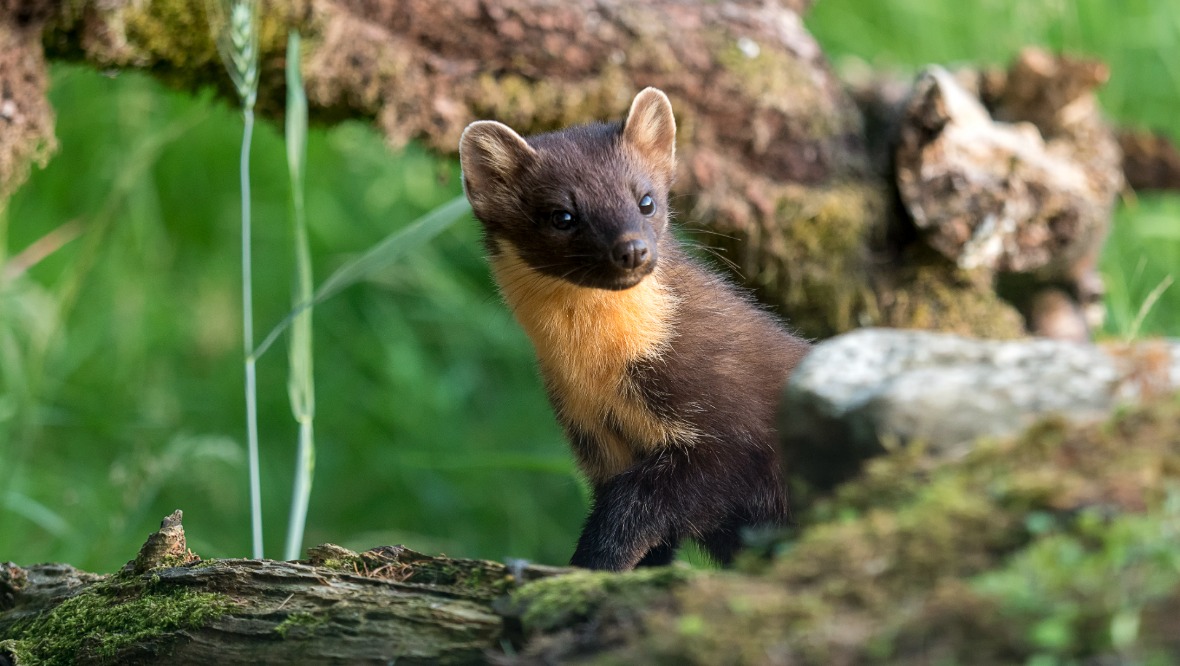 Gannet77 via iStock
Gannet77 via iStock





